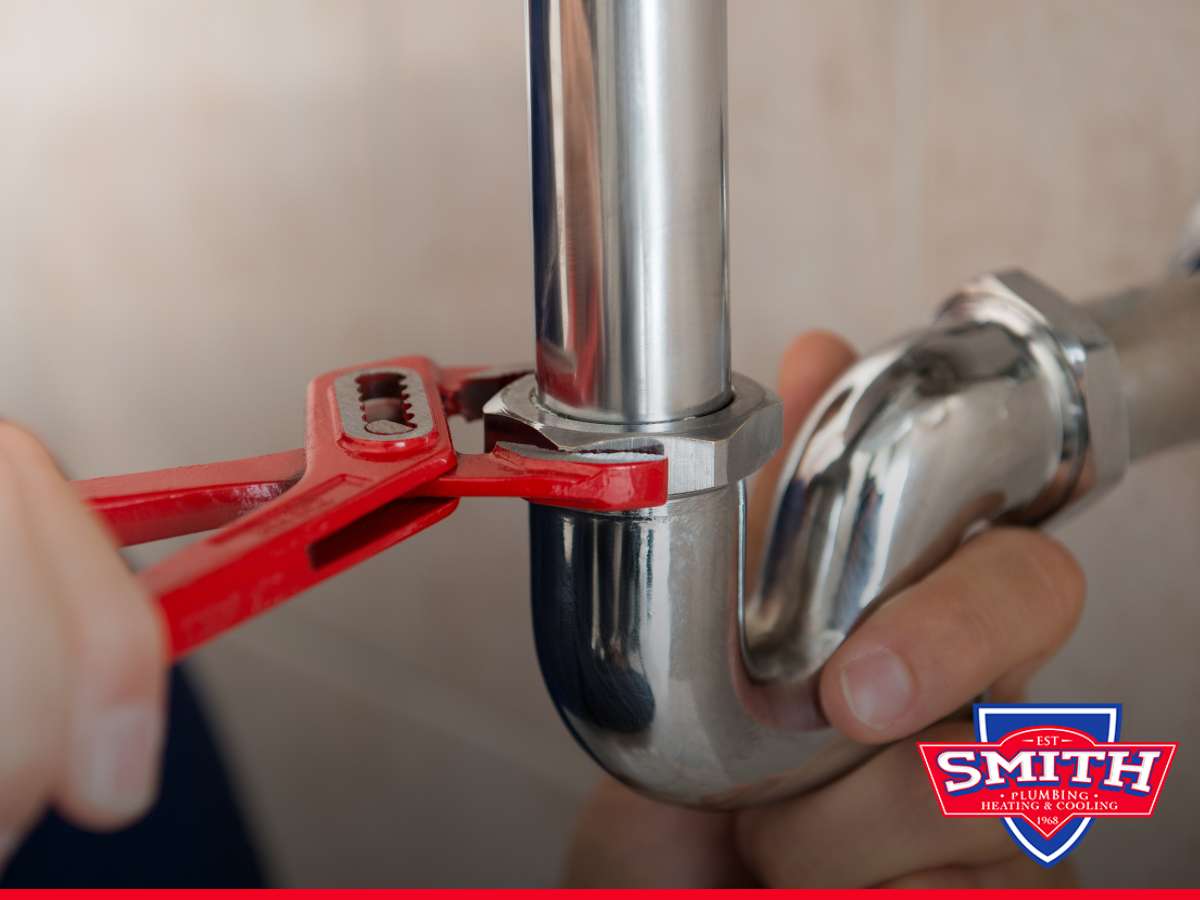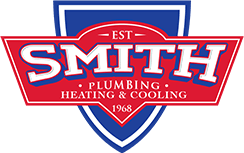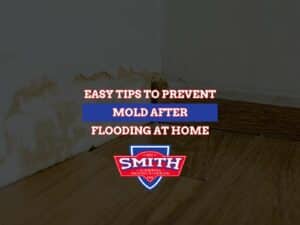Understanding & Managing Hidden Pipe Leak Risks In Your Home
Hidden pipe leaks can wreak havoc on your home, leading to costly repairs, structural damage, and potential health hazards. Identifying and addressing these leaks early is crucial to maintaining your home’s integrity and ensuring a safe living environment. This comprehensive guide will delve into the signs of hidden pipe leaks, methods for locating them, and detailed steps to fix and prevent future leaks.

Key Signs That Indicate You Have Hidden Pipe Leaks
Identifying the signs of hidden pipe leaks early can save you from extensive damage and high repair costs. Here are the key indicators to watch for:
- Unexplained Increase In Water Bills: A sudden, unexplained spike in your water bill is often a telltale sign of a hidden leak. If your water usage hasn’t increased but your bill has, it’s time to investigate further.
- Mold & Mildew: Mold and mildew thrive in damp, dark environments. It could indicate a hidden leak if you notice persistent mold growth in areas not typically exposed to moisture. These fungi can cause health issues, especially for individuals with respiratory problems.
- Musty Odors: Musty smells often result from mold and mildew caused by hidden leaks. Water trapped behind walls or under floors can create the perfect environment for these fungi to flourish, leading to unpleasant odors.
- Water Stains & Discoloration: Water stains on ceilings, walls, or floors clearly indicate a leak. Look for discoloration, bubbling paint, or wallpaper peeling away from the walls, as these are signs of water damage from a hidden leak.
- Sound Of Running Water: If you hear the sound of running water when no taps are open, it could indicate a hidden leak. This sound is often more noticeable at night when the house is quiet and can be a crucial clue in identifying a leak.
- Decreased Water Pressure: A sudden drop in water pressure can suggest a leak in the pipes. While other factors can cause low water pressure, such as sediment buildup in the pipes, a hidden leak should not be ruled out.
- Warm Spots On The Floor: If you notice warm spots on your floor, particularly if you have a slab foundation, it could indicate a hot water leak beneath the surface. This can lead to significant damage if not addressed promptly.
Locating Hidden Pipe Leaks
Once you notice signs of a hidden leak, the next step is to pinpoint its location. Here are some effective methods to help locate these elusive leaks:
- Check Your Water Meter: Turn off all water fixtures in your home and check your water meter. If the meter continues to run, it indicates a leak in the system. Note the meter reading, wait for a couple of hours without using any water and then check the meter again. If the reading has changed, you likely have a leak.
- Inspect Visible Pipes: Check visible pipes under sinks, behind toilets, and in basements for any signs of moisture or corrosion. Look for wet spots, rust, or mineral deposits, which can indicate a leak.
- Use a Moisture Meter: A moisture meter can help detect moisture levels in walls and floors. High readings in certain areas can indicate a hidden leak. This tool is particularly useful for detecting leaks behind walls or under flooring.
- Thermal Imaging: Professional plumbers use thermal imaging cameras to detect temperature differences caused by water leaks behind walls. This non-invasive method can accurately pinpoint leak locations and is especially useful for detecting hot water leaks.
- Dye Test: For toilet leaks, add food coloring to the toilet tank and wait for a few minutes. If the color appears in the bowl, there is a leak. This simple test can help identify whether the leak is in the tank or bowl.
- Check Outdoor Areas: Inspect outdoor spigots, irrigation systems, and hoses for leaks. Leaks in outdoor plumbing can be just as damaging and costly as those inside your home.
Guide To Repairing Hidden Pipe Leaks
After identifying the location of the leak, the next step is to fix it. Here are detailed steps to repair common types of leaks:
- Tighten Connections: For leaks at pipe joints or connections, use a wrench to tighten the fittings. Be cautious not to over-tighten, as it can cause further damage. Check for any loose connections and ensure they are securely fastened.
- Replace Worn-Out Seals: Leaks in faucets or valves often result from worn-out seals or washers. Disassemble the faucet or valve, replace the faulty components, and reassemble it. This can stop the leak and improve the overall function of the fixture.
- Use Pipe Repair Clamps: For small leaks or pinholes in pipes, a pipe repair clamp can provide a temporary fix. Position the clamp over the leak and tighten it to seal the hole. This method is particularly useful for emergency repairs until a permanent solution can be implemented.
- Epoxy Putty: Epoxy putty can seal small cracks and holes in pipes. Knead the putty until it reaches a uniform color, then apply it to the leak. Allow it to cure as per the manufacturer’s instructions. This method is effective for minor leaks and can provide a durable seal.
- Replace Damaged Sections: In cases of extensive damage, replacing the affected pipe section might be necessary. Cut out the damaged section using a pipe cutter and install a new piece using appropriate connectors and sealants. This ensures a permanent fix and prevents future leaks in the same area.
- Professional Plumbing Services: For complex leaks or those beyond your expertise, hire professional plumbing services. Licensed plumbers have the tools and experience to efficiently fix hidden leaks. They can also provide a comprehensive inspection to ensure there are no other potential issues in your plumbing system.
Strategies To Prevent Future Pipe Leaks & Maintain Plumbing Integrity
Preventive measures are key to avoiding future leaks and maintaining the integrity of your plumbing system. Here are some strategies to help prevent leaks:
- Regular Inspections: Schedule regular inspections with a plumbing company to check for potential issues. Early detection can prevent minor problems from escalating into major issues. Regular inspections can also identify areas where your plumbing system may need reinforcement or upgrades.
- Monitor Water Pressure: High water pressure can stress pipes and cause leaks. Use a pressure regulator to maintain safe pressure levels in your plumbing system. Regularly check your water pressure and adjust it as needed to prevent damage to your pipes.
- Insulate Pipes: Insulate exposed pipes to prevent freezing and subsequent leaks during cold weather. Pipe insulation is especially important in unheated areas like basements and attics. Insulating your pipes can also improve energy efficiency by maintaining water temperature.
- Avoid Chemical Drain Cleaners: Chemical drain cleaners can corrode pipes and cause leaks. Opt for natural methods or hire a plumber for stubborn clogs. Regular maintenance, such as using a plunger or a plumber’s snake, can help keep your drains clear without damaging your pipes.
- Upgrade Old Plumbing: If your home has old plumbing, consider upgrading to modern, durable materials. Replacing outdated pipes can prevent leaks and improve your plumbing system’s efficiency. Materials like PEX or copper offer increased durability and resistance to leaks.
- Educate Household Members: Educate everyone in your household about proper plumbing use. Teach them to avoid flushing inappropriate items down the toilet, not to pour grease down the sink, and to report any signs of leaks immediately. Proper usage can significantly reduce the risk of clogs and leaks.
Ensuring Your Plumbing Investment With Smith Plumbing, Heating & Cooling
Identifying and fixing hidden pipe leaks in your home is essential for maintaining a safe and efficient plumbing system. Smith Plumbing, Heating and Cooling understands the importance of a significant investment in plumbing fixture replacement. Our team of experienced Arizona professional plumbers is committed to helping you evaluate when it’s time to replace your fixtures and will expertly guide you through the entire process. We offer a diverse range of high-quality plumbing fixtures that cater to all styles and budgets, ensuring you receive exceptional value for your investment.
Contact us today to discuss your plumbing fixture replacement needs and discover how we can provide the best solutions for your home.


